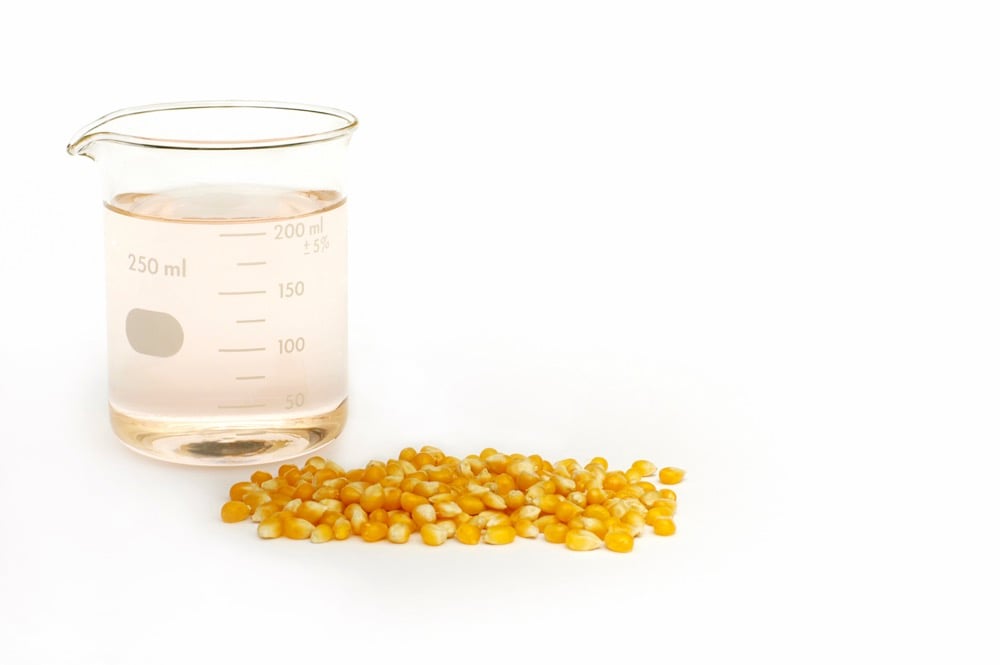Canada Prairie Spring Red wheat is considered a great livestock feed wheat here in Canada, but it’s also ideal for a variety of human food applications, especially in other countries, says Ashok Sarkar, head of milling technology at the Canadian International Grains Institute (Cigi).
The quality characteristics of CPSR — exceptional milling performance, medium protein levels and good protein strength — make it suitable for blending with other wheat flours, or for use on its own, Sarkar says.
Read Also

Could crop sharing be a viable option for your farm?
Crop sharing could be a good option for young and beginning farmers.
“CPSR flour has good protein quality and enormous blending potential, where you could use it with another wheat flour to increase or decrease protein as required,” Sarkar explains. “For example, you might blend it with a high-protein wheat like CWRS, where you don’t want to affect the protein quality too much, but you want to lower it for certain food applications. You can easily use CPSR for this because it’s quite strong with slightly lower protein than CWRS, so it can bring the protein down without affecting the functional qualities too much.”
CPSR is used in products such as hearth breads, flatbreads, crackers, noodles and pasta in countries around the world, particularly in South America and Asia.
“There are many food products made from medium-protein, medium-strength wheat,” Sarkar says. “CPSR can be used 100 per cent for bread that doesn’t require a very high volume, but still needs good dough strength like for French bread. And it can be used for a variety of noodle products.”
- More from Country Guide: Unsung champion
Sarkar says that international demand for CPSR in food applications changed in the mid-1990s with the new variety AC Crystal. “Before that, CPSR was more of a filler type of wheat and had no real identity of its own,” he says. “With the introduction of AC Crystal — which improved the milling quality, functional properties and overall benefits of using this type of wheat — people started looking at it as more of a wheat that could be used on its own.”
However, one issue for international markets is availability since much of the CPSR grown is sold domestically for feed and ethanol production. An advantage for farmers growing CPSR is high yields, significantly more than premium wheats such as CWRS, Sarkar says. “If we continue to grow CPSR in large quantities and countries know it is available every year in sufficient quantities so they can plan their wheat blends accordingly, then it will start to develop its own value in the marketplace.”
One advantage to millers using CPSR, instead of a medium-protein wheat from another country, is that Canadian quality standards provide cleanliness, consistency and uniformity without wide fluctuations in quality seen in other wheats.
CPSR has a very good and consistent quality profile overall that can deliver benefits in multiple products, Sarkar says. “The flour quality includes good extraction, colour, dough strength for breads, and dough elasticity for noodle processing.”
Esey Assefaw, head of Asian products technology at Cigi, says the group has produced and evaluated various types of noodles made out of CPSR. “Out of all Canadian wheat classes, CPSR has a special quality suitable for white salted noodles,” Assefaw says. “What you’re looking for is good colour and good elastic texture that consumers in Asia prefer. CPSR, specifically the 5700 and 5701 PR varieties, for the first time came close to achieving the elasticity we’re looking for.”
Assefaw and other Cigi technical staff have recently met interested customers from countries such as Japan to discuss CPSR quality. “It has more than potential,” Assefaw says. “It’s a matter of supply. That’s the challenge. It’s a perfect wheat that complements a premium wheat like CWRS.”















